Yes, sports cars can have four seats…
by Wallace Wyss –
Sports cars present a problem. A good many are two seaters; meaning the driver and his or her one lucky passenger. But what happens if you want to take the family for a ride? Or business associates to lunch?
Well, of course you say “What about the 2 plus 2?” Of course there were 2 plus 2 sports cars from many makers but nobody takes the rear “plus 2” part seriously, those little baby seats are for toddlers, not serious travelers. There was a need for more room back there.
Hence, Nuccio Bertone, the head of Bertone Carrozzeria, created some show cars that were—Egad—four seater show cars.
First, on its family tree so to speak, there were two prototypes, one-off show cars. Both designed by Marcello Gandini at Bertone.
The first was the Lamborghini Marzal, which had but a six cylinder mounted out back, and unusual gullwing doors of glass. The second was built on a Jaguar E-type chassis, the Pirana. Both pointed the way for a four seater Lamborghini.
When it came out, using some aspects of each prototype’s design, Lambo’s true four seater, the Espada, was a bold step. And it had a bold name “Espada” means “sword” in Spanish, referring specifically to the sword that the Torero uses to kill the bull in the Corrida. The symbol of Lamborghini’s firm was the fighting bull, just as Ferrari had a prancing horse.
It was everything it promised to be—with all the power of a Lamborghini V12, the same urgent sound, and yet comfortable enough for four.
TECHNICAL
The Espada used a monocoque steel body with no separate frame (the hood is aluminum). Suspension was fully independent, with double wishbones, coil springs, hydraulic shock absorbers and anti-roll bars, four wheel disc brakes, twin fuel tanks held 95 liter (25 US gal) total. Each tank is filled on each side separately and the fuel sender is in the left side tank, so the fuel level reading will be different depending on which tank you fill until a few hours later when it will level out.
Open the hood on an Espada and you were not disappointed. It was largely the same engine as on a Miura: 3,929 cc (240 cu in) V12 engine sporting no less than six Weber side-draft carburetors and 24 valves with two chain-driven overhead camshafts per bank. Complicating servicing the transmission was the fact it was mounted in block with the engine.
SALES SUCCESS FOR TEN YEARS
The Espada was sold alongside the 2+2 400GT and the strictly two seater mid-engined Miura.
Quite a few were sold from ’68 to ‘78 – 1,217 Espadas in all, making it the most successful Lamborghini model until the Countach came along in the mid-1980s.
There were three distinct series during the decade it was in production. These were the S1 (1968–1970), the S2 (1970–1972) and the S3 (1972–1978). They are difficult to tell apart because most of the updates were on the interior, with only minor changes to the exterior.
Series I
The first Espada rolled out into the sun at the 1968 Geneva Motor Show. The first series had a dashboard inspired by the Marzal concept car, which had octagonal housings for the main instruments, topped by an additional binnacle for the secondary gauges.
The wire wheel was already dying at that time, replaced by magnesium wheels and this car, accordingly had Campagnolo alloys on knock-off hubs, the same as on the Miura. The taillights, alas, weren’t exclusive to the car, being from the first series Fiat 124 Sport Coupé. Only 186 were made before January 1970.
Series II
It was at the 1970 Brussels Motor Show that Lamborghini unveiled the Espada S2. The only exterior change was the deletion of the grille covering the vertical glass tail panel. Inside, they had dumped the octagonal theme with an all new dashboard, center console and steering wheel.
The instrument binnacle was of a more conventional rectangular shape, with round gauges. A wood-trimmed fascia extended along the entire width of the dashboard. Power was increased to 350 PS (257 kW; 345 bhp) mainly due to an upping of the compression ratio to a higher 10.7:1.
Recognition these cars might be driven by women was the offering of power steering. The brakes were upgraded to vented Girling discs. Experts say 575 Series II Espadas were made.
Series III
The Espada S3 was launched in 1972. Its 3.9 liter V12 engine cranked out 325 PS (239 kW; 321 bhp) .
Inside the wood trim was off the dash, this time aluminum was the trim. And all the instruments were driver-centric (easily within his reach).
The mag wheels were updated, on the realization that Americans don’t like knock off wheels so the new wheels were retained by on five lug nuts. And the tires were wider, now Pirelli Cinturato 215/70WR15 CN12 tires. The new wheels made the Espada series III easy to recognize.
The mesh grille also has a square motif instead of hexagonal mesh and the tail lights changed to another off the shelf item from an Italian automaker – Alfa Romeo 2000 units.
AUTOMATIC TRANS
Just as their arch rival Ferrari was experimenting with automatics, Lamborghini kept up by, in 1974, offering a Borg Warner automatic.
US MODELS
Italian exotic car makers had no choice in making U.S. spec. models. Oh, some skipped that, like Ferrari did with the Boxer, never making one but for Lamborghini, the U.S. market was too precious not to adapt his cars and from the 1975 model on, the Espadas had large impact bumpers.
THE FUTURE
The Espada is an acquired taste. When one UK critic said it was the “ugliest car at the show” on introduction, he was inundated with letters saying quite the contrary. So it is a shape that, as they say, has its fans. I think it is a car that won’t be a Lambo collector’s first choice but the second or third in his or her stable, and always a treat for a family or guests as you can take more people with you on that country drive.
Restoration cost are expensive, which may surprise you because the cars themselves are so much lower-priced than the Miura. But beware, the engine will cost you the same as that of a Miura to restore; and body parts and trim are harder to get than for Miuras.
For years Espadas lagged way beyond Miuras as used classics and still do. A quick check of Hemmings prices in October, 2017 shows some priced as low as $107,000 with the highest priced at $159,000 (not counting the one with the Chevy engine which we won’t discuss!), so hope springs eternal that eventually they will climb into a more lofty price range and reward those who rescued and restored them. Espadas in Europe are priced much higher than in the US with some sellers asking more than $200,000 USD.
Let us know what you think in the Comments.
THE AUTHOR: Wallace Wyss is the author of the Incredible Barn Finds books available from Enthusiast Books.

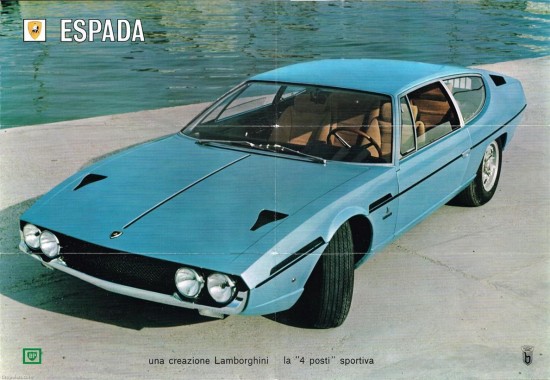
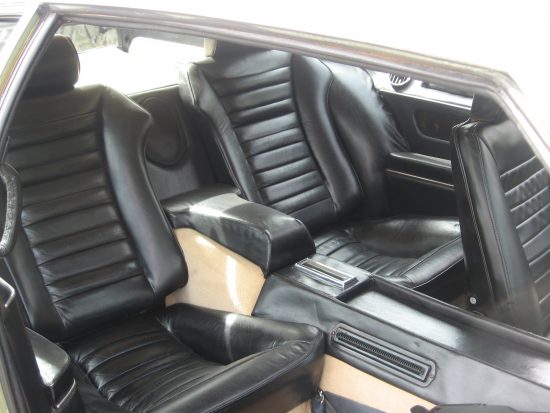
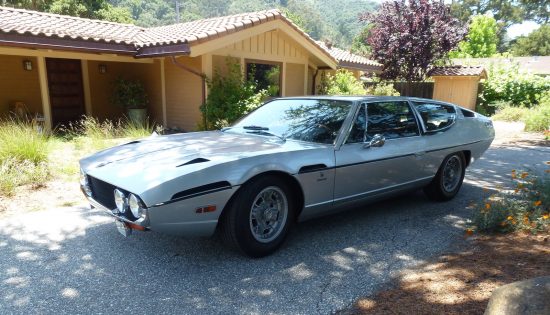
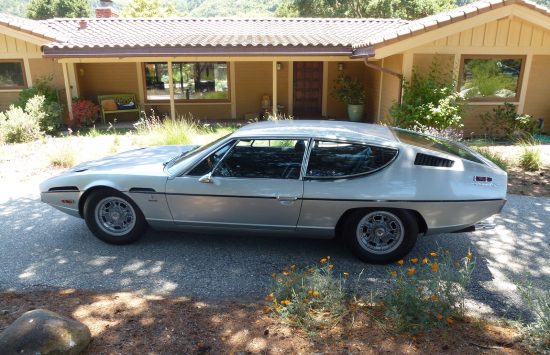
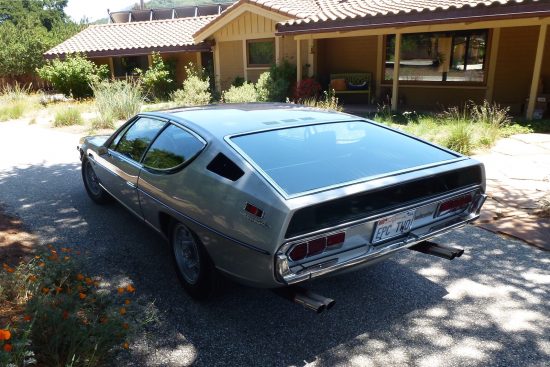
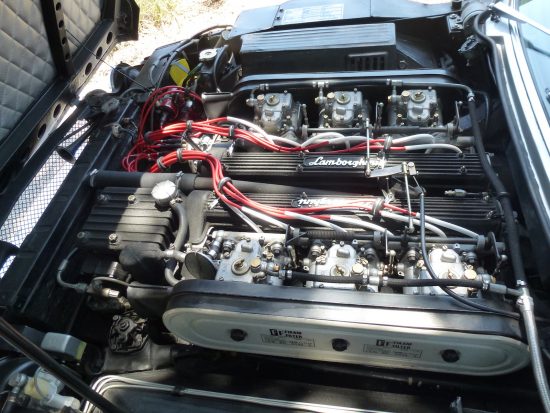
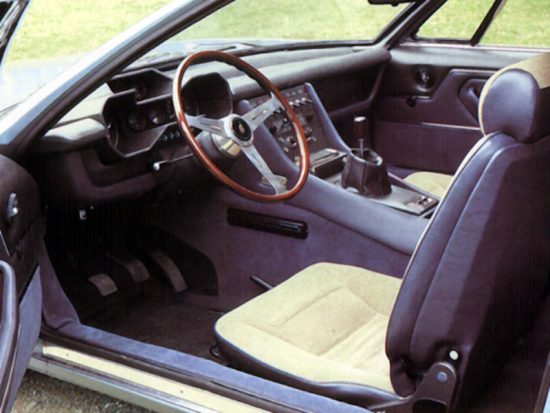
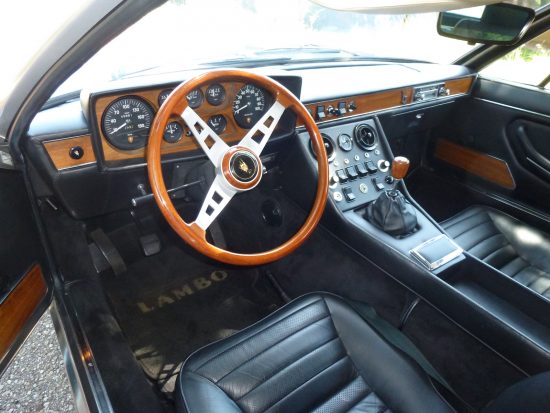
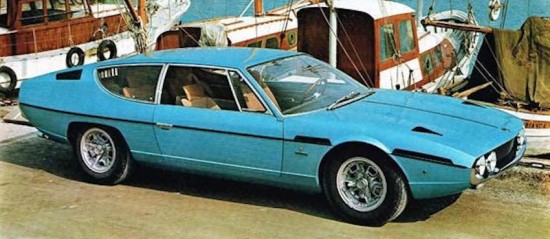
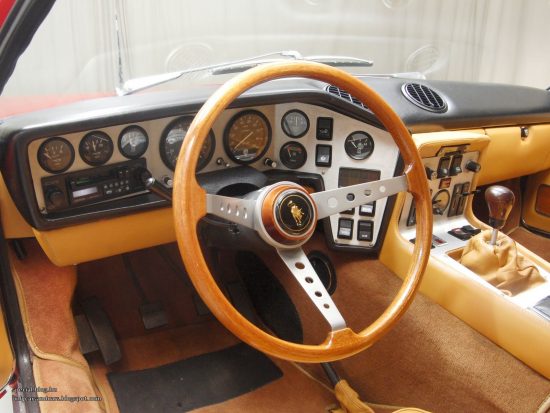
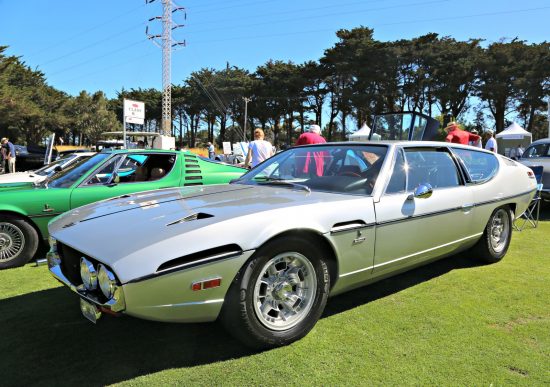
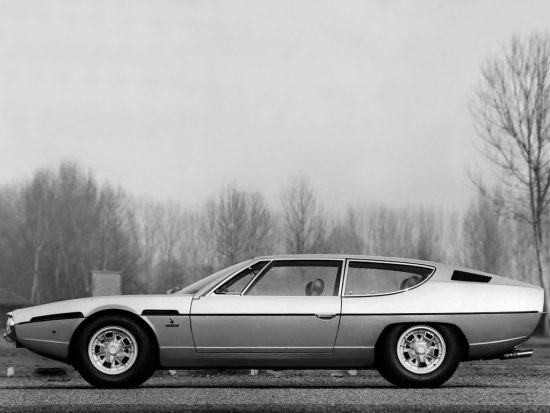
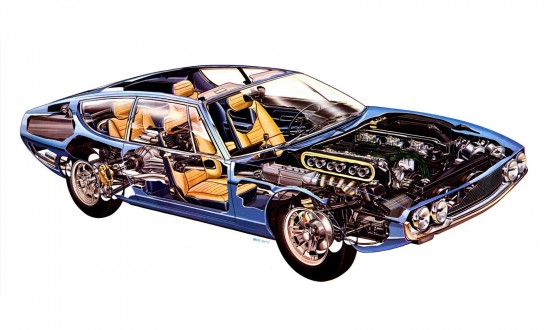

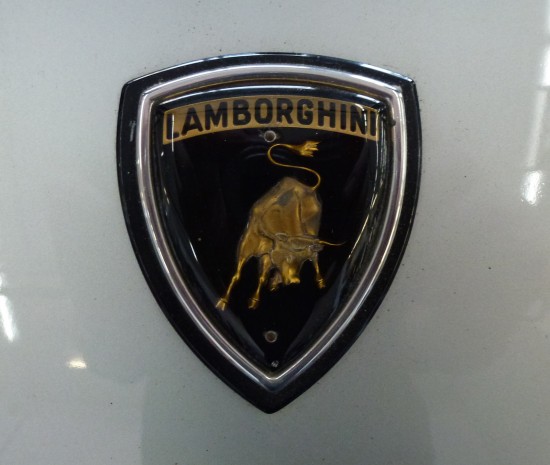
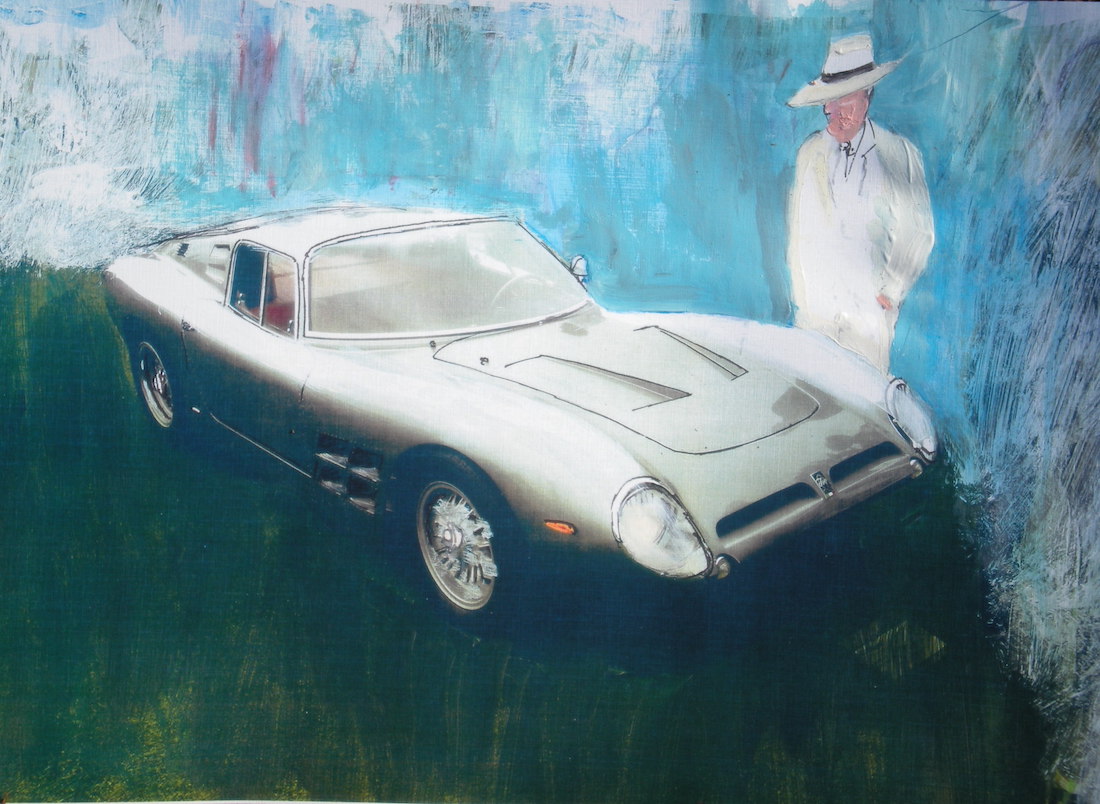

Ownership creates a deep love, and loyalty for these fine cars. They were truly so ahead of their time, fast, nimble, comfortable, and the looks were like nothing else out there… Then there is that distinctive V-12 sound… It is nice to see these cars being appreciated by enthusiast and collectors alike… The low hood and sweeping roof give the car the illusion that they are much larger than they are in fact, but parking next to just about anything American made during their day brings a diminished size perspective to the car. Low and sleek a design that is actually very nuanced and require extensive study to take in all the breathtaking details, what an absolute bargain they were then and even now in a world of lesser interesting more of the same exotic looking cars these stand out as exceptional works of drivable art… Just take one to cars and coffee and watch the crowd assemble around it…
Nice article about a car so worthy of being mentioned.
We are completing a nut and bolt restoration of a 12,00 mile 1969 series one that will make its debut at Amelia Island in 2018. It has been close to a three year effort to restore the car to better than new with attention to detail that would have been given the car originally if money were no object. It drives tight and solid, the concours paint is Blue Notte with a cream interior and fitted luggage,
An under appreciated marque that is finally coming into its own.